Figures & data
Figure 1. Model framework depicting the decision tree for TIS arm and patient transition into 3 health states in the partition survival model. Abbreviations. PFS, progression-free survival; PD, progression disease; QALY, quality-adjusted life year; RD, Relapsed disease.
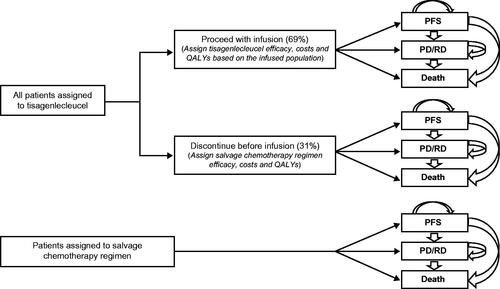
Table 1. Cost and resource utilization model inputs for TIS.
Table 2. Cost and resource utilization model inputs for SCR.
Table 3. Utility inputs.
Figure 2. Detailed cost breakdown of TIS and SCR arm demonstrating the key cost drivers. Abbreviations. HSCT, hematopoietic autologous stem cell transplantation; PFS, progression-free survival; SCR, salvage chemotherapy regimen; TIS, tisagenlecleucel.
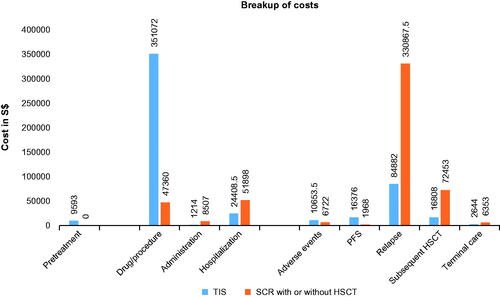
Table 4. Summary of cost and benefits of TIS vs. SCR with or without HSCT (base-case).
Figure 3. Tornado chart of TIS vs. SCR demonstrating the main input parameters to which the model is most sensitive (a) base-case (b) publicly managed patients (non-subsidized) (c) publicly managed patients (subsidized). Abbreviations. DSA, deterministic sensitivity analysis; HSCT, hematopoietic autologous stem cell transplantation; MAIC, match adjusted indirect comparison; NMB, net monetary benefit; OS, overall survival; PFS, progression-free survival; SCR, salvage chemotherapy regimen; SMR, standard mortality ratio; TIS, tisagenlecleucel.
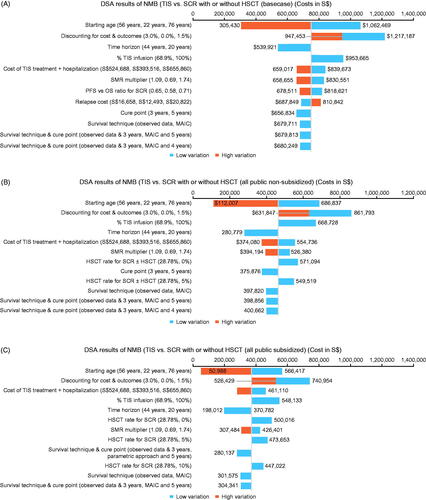
Figure 4. Cost-effectiveness plane for TIS vs. SCR (a) base-case; (b) publicly managed patients (non-subsidized) (c) publicly managed patients (subsidized) and cost-effectiveness acceptability curve for TIS vs. SCR with or without HSCT (d) base-case; (e) publicly managed patients (non-subsidized) (f) publicly managed patients (subsidized). Abbreviations. HSCT, hematopoietic autologous stem cell transplantation; QALY, quality-adjusted life year; SCR, salvage chemotherapy regimen; TIS, tisagenlecleucel; WTP, willingness-to-pay.
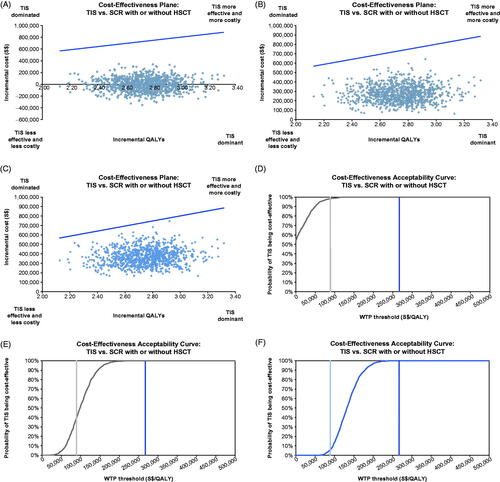
Table 5. Scenario analysis results for TIS vs. SCR with or without HSCT (base-case).
Table 6. ICER for TIS vs. SCR with or without HSCT (publicly managed patients).
Figure 5. Net and total budget impact of TIS from private payer’s perspective. Abbreviations. TIS, tisagenlecleucel.
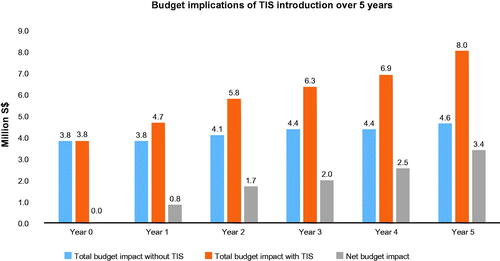
Table 7. Budget impact sensitivity analyses results.
Table 8. Segmentation analysis of QALYs and LYs gain over JULIET study time horizon (3-year cure-point) and beyond 3-years.
